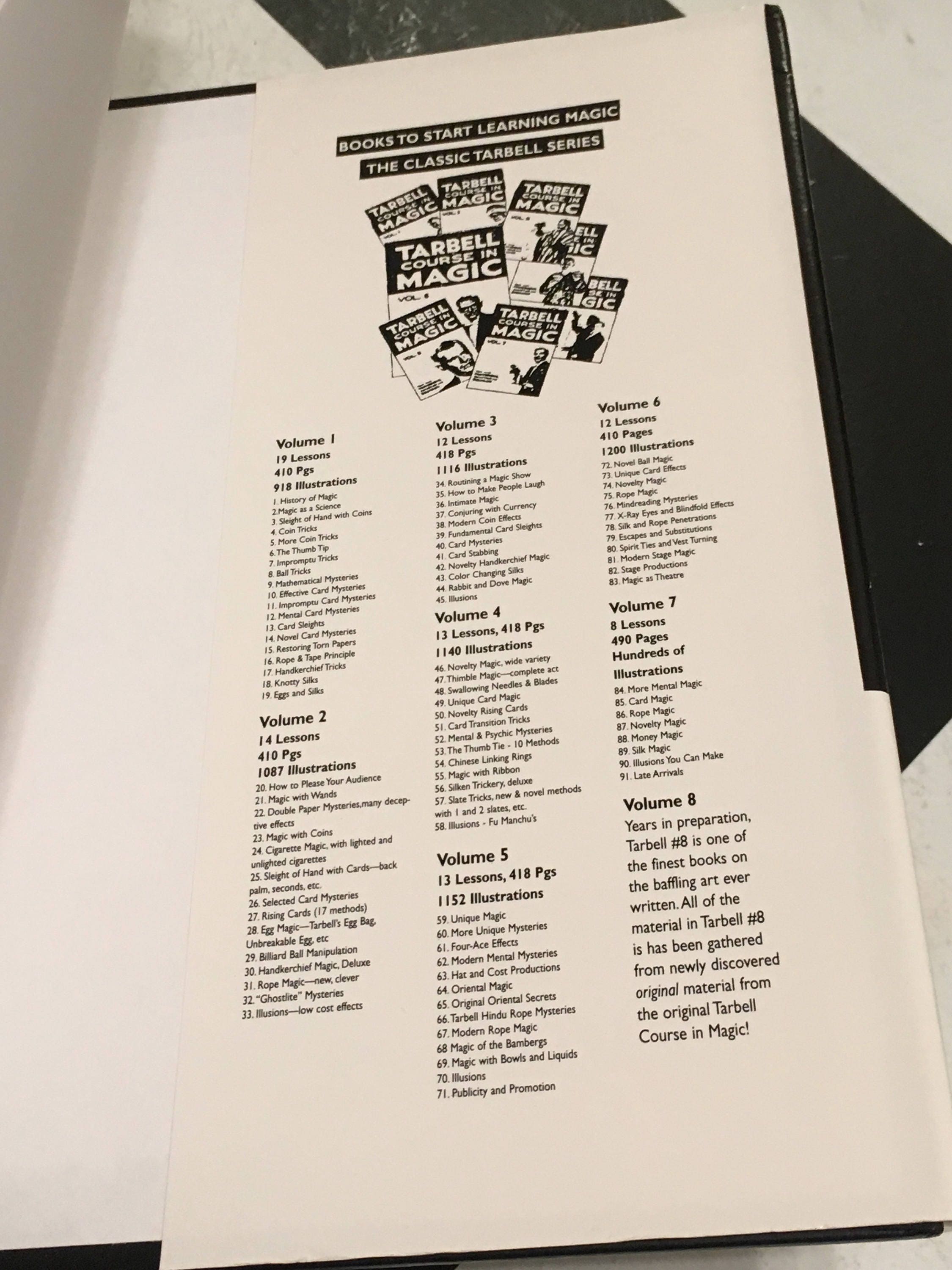
This section describes overall techniques for convincing your audience that you’ve accurately anticipated an event. Making accurate predictions (or appearing to make predictions) is an important strategy for a mentalist. These mnemonics are helpful for the mentalist to learn how to improve memory and use memory tricks during performances.

This section explains how to improve memory and use mnemonic tools in performances. Having a great memory is an indispensable skill for an aspiring mentalist. These tricks are most optimal in close quarters with the audience and when the audience doesn’t suspect any sort of specific effect. The mentalist can then detect what was written by observing hand movements.Ĭorinda also describes both favorable and unfavorable conditions for reading audience members’ gestures and actions. These tricks hinge on the mentalist’s ability to pick up on small movements for example the mentalist might ask an audience member to write a meaningful name or date. This section teaches how to observe an audience member’s words, actions, or body language.

Pencil, Lip, Touch, Sound and Reading Muscles Corinda describes the types of implements that can be used, techniques for concealing the implement, and instructions for 24 different tricks that mentalists can use to fool audiences.Ĭorinda also explains when it is appropriate to use each of the various tricks depending on the type of audience and the setting. It involves writing down audience information undetected using a hidden pen or pencil. The Swami Gimmick is one of the most well-known mentalist tricks. This section explains each of the mentalist tricks explained in the book. Pencil, Lip, Touch, Sound and Reading MusclesĮach of these sections will bring you closer to understanding the secrets behind mentalist tricks and techniques.The tricks and techniques outlined in the book are: Interviews and advice from several famous mentalists and magicians.Advice for promoting yourself as a mentalist.Historical background on many of the tricks described.



 0 kommentar(er)
0 kommentar(er)
